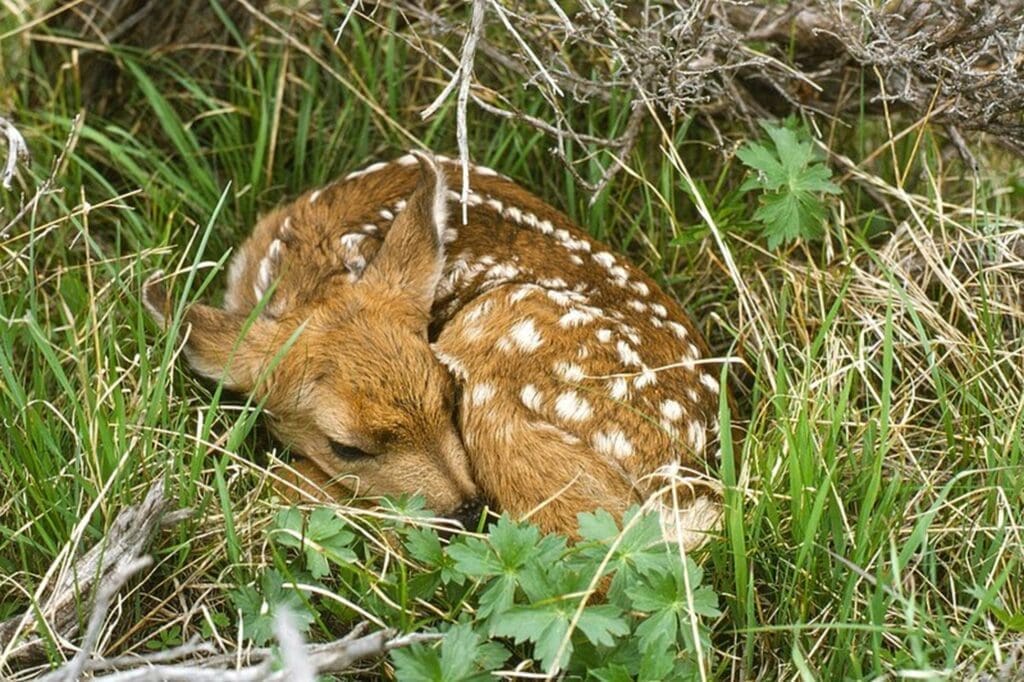If you see a fawn lying alone in thick vegetation, it might look vulnerable, but it’s likely not in trouble. According to Kansas State University wildlife specialist Drew Ricketts, many young animals like white-tailed deer naturally stay hidden and motionless, which often leads people to believe they’ve been abandoned.
In reality, the mother is usually nearby, foraging. Taking the fawn home removes it from the safest place for its survival.
Interfering with wildlife can disrupt natural behaviors and also poses health risks. Many wild animals carry diseases that can spread to humans. Raccoons, foxes, and coyote pups can carry canine distemper, while foxes and coyotes may also have parvovirus. Wildlife can also expose pets to diseases through parasites like ticks, mange mites, and parasitic worms. There’s also a risk of bringing home avian influenza from waterfowl.
Handling wildlife without proper permits is illegal in Kansas. Without a wildlife rehabilitator license, possessing wild animals can lead to fines of up to $1,000.
People sometimes treat wild animals like pets or believe they have human-like emotions, but they don’t. Wild animals aren’t suited to domestic life and should be left alone.
However, if you find an injured or threatened species, contact the Kansas Department of Wildlife and Parks for guidance.













